By Kishore Sawh, editor of SLRLounge.com
I once said of the Sony α9 that it’s the kind of camera you imagine is built in a world of matrices by men in white suits who have number tags in place of names; a place where you just can’t imagine anyone who worked there had ever sent their co-worker a meme, or even knew what one was. But I’ve just been there, and I’ve just met them. And I was wrong.
For all the marketing efforts Sony has made in the past few years (and it’s substantial) it has dawned on me that perhaps some of the most critical aspects of the company they have largely failed to impress upon the photography world is who they (the camera division) are, and how they think. That’s a Sony story you just don’t hear.
Perhaps it’s because so few see it, but without it the picture of Sony is incomplete, and trying to understand the brand and the market at large without that story is well…it’s like trying to speak using consonants alone – you need vowels for it to make sense.
So, I’ve bought those vowels and have pieced together that story, the ‘Cliff’s Notes’ anyway. And let’s be clear here, Sony is the digital imaging leader, so getting a better feel for who they are is requisite to understanding where our industry is, and where we’re going.

The Who
Joined by David Schloss of Digital Photo Pro, Rishi Sanyal of DP Review, and Dave Etchells of Imaging Resource, I was recently invited to Japan to spend a bit of time at Sony HQ in Tokyo, and to pay a visit to the newly rebuilt, Bond-lair-esque Kumamoto sensor factory.
It was a trip comprised of firsts for North American press, and for Sony in terms of access granted and information divulged.
Both ways, I might add.
That alone tells you something, that it’s on Sony’s agenda to better understand and communicate with you through us, with the goal, ultimately, to nurture a closer relationship with their user base.
The selection of journalists involved is somewhat telling too, as we aren’t exactly known to be pushovers. The lot of us are known for fielding the hard questions and asking them as well, so when it came time to sit down with Sony executives and engineers they would’ve known we had our banter worked out and had to be prepared.
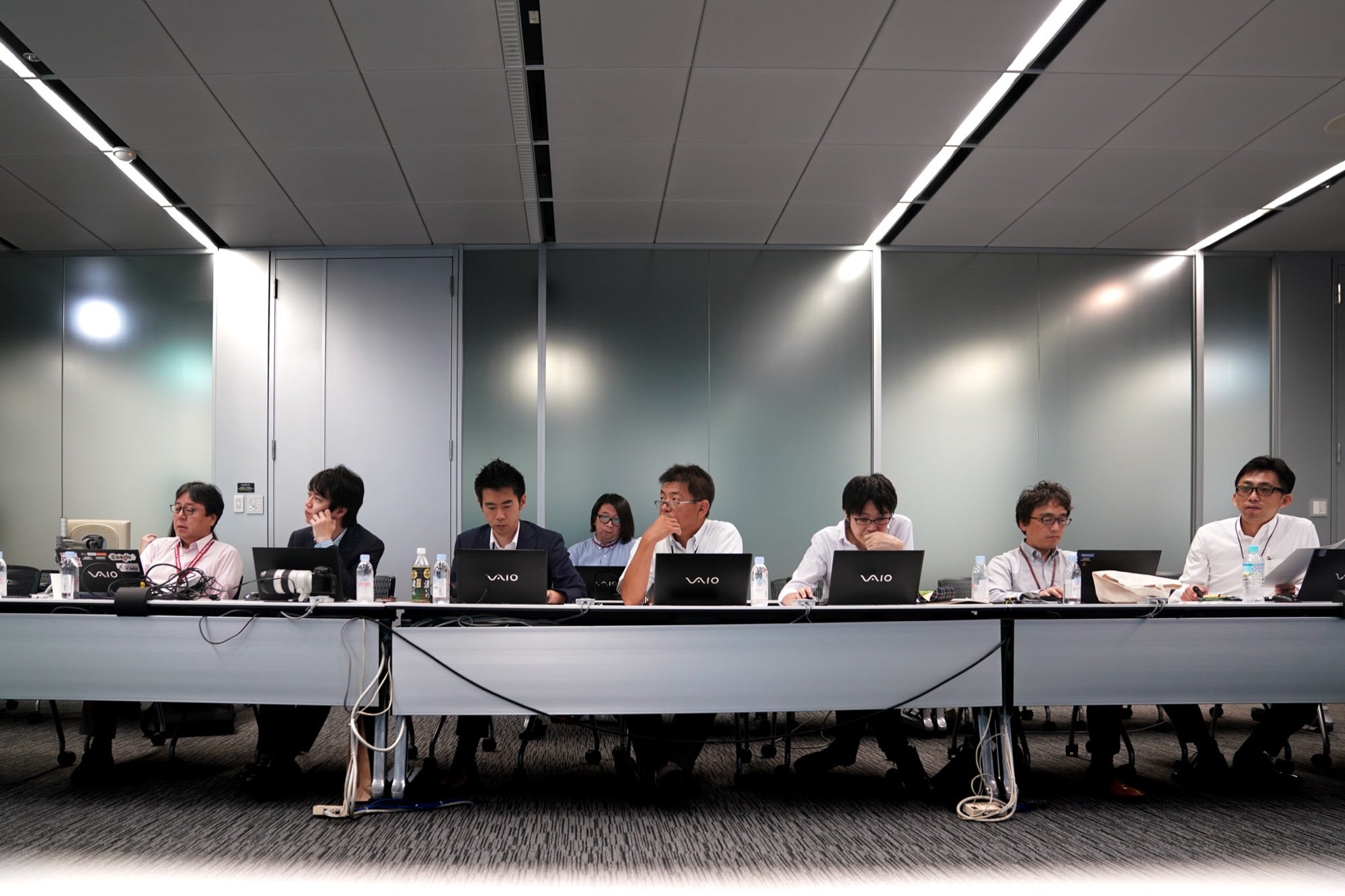
Well they were. They were over-prepared.
We were met by panels of men in suits and spectacles as smart as their cameras, armed with all the information we’d want to fill our note pads, as well as questions for us too.
In fact, it became quite clear that while we were asking the questions we were really in a fishbowl, being questioned and analyzed. We essentially acted as a think-tank and medium between the decision makers and the mind of the consumers at large.
Of course, we had an agenda. Given the scope of the access we would use the opportunity to pull answers to the burning questions we hear most often, like, ‘Where does A-mount stand in Sony’s future?’ or, ‘Given the organization and emphasis behind full frame E-mount what is the roadmap for APS-C?’. And of course, ‘What areas of the cameras is Sony most focused on? Ergonomics, improved EVF?’. I was particularly curious about Sony’s plan for future sensor ‘sharing’ which I’ll touch on later.
And the answers? Well, most never really arrived. Not definitively anyway. All questions with any specificity about future products were as doomed as a virgin on a night out with Derek Jeter. They were met with a stock response, which was simply a few furtive glances on their part and a cheeky grin. Most of the answers we did get were bathed in ambiguity and littered with generalities. If anything they’d offer up soundbites that nourished our quest for answers with the potency of a McNugget.

Regarding the questions above, however, we were able to get on record that Sony A-mount support will continue (though with no timeline), and Mr. Kenji Tanaka, Senior General Manager of Sony Imaging Product who leads their ILC development, told us unequivocally that Sony will not be quitting APS-C, and that it is still very much a focus for them as part of their overall strategy. A strategy summarized as “vision over profit”.
This sentiment of vision over profit was echoed by Mr. Hiroshi Sakamoto, Senior General Manager of Marketing. and would become a recurring motif of our time with Sony. Whether you or I believe it from their mouths is somewhat irrelevant, because their behaviors can be pieced together to prove it. While all brands state their ambitions, typically their actions don’t map to that at all. Sony though? They’re listening, as evidenced by their recent lens expansion, alterations in their iterative releases, and growing push in customer support; a program so young it’s in diapers, but already reading at a freshman level.
To be clear, this idea of ‘vision over profit’ is not not just a matter of altruism, a strategy that’s been their companion for some time. Let me explain…
Gambling & Cannibalizing | Dollars & Sense
It’s a well known concept in business and life that whomever arrives first makes the rules, and Sony knows that. As such, through the benefit of hindsight we can tell they weren’t expecting to dominate in the house CaNikon built, but to develop their own area. For Sony to make any rules they had to change the game, and that’s precisely what they’ve done.
Sony decided to put more resources behind sensor development than camera development; a tactic that has paid huge dividends to the Sony bottom line and industry development. They are now the uncontested leader in sensor development and sales, and really, that’s where a lot of money has come from to feed camera development. But they kind of had to ‘eat crow’ to get there – that was the sacrifice for vision.
Eight or nine years ago this was seen as a gamble and the photographic public scoffed at the idea of Sony, the Walkman people, making camera sensors. Most didn’t stop to consider that Sony is an electronics company, and photography now is an electronic endeavor, making it very much their domain. They just needed a foothold, and they got it through sensor sales which was pushed through a willingness to cannibalize their own camera sales – something they still do willingly for strategy.
Take for example, the D800 and α99, both coming out within months of the other and the D800 had the better version of that sensor which left people wondering why Sony would allow the better sensor for a competitor’s camera and not in their own SLT.
Well, when a company requests a sensor from Sony and ‘tailors’ it, Sony Semiconductor company isn’t allowed to share the details with Sony Camera company (yes, two very separate companies under the Sony umbrella – which makes for a nuanced interplay), so when Nikon orders a sensor not even Sony Digital Imaging knows the specs – but it’s more than that. It’s not a stretch to imagine that it could’ve been partially due to Nikon having held the weight in that relationship at the time and Sony was willing to let the α99 play second fiddle as sacrifice to get that order from Nikon and sell more sensors. They would’ve known at the time that the sales volume of the D800 and its iterations would surely have moved in vastly greater quantities than the α99. More D800 sales meant more sensor sales, meaning more money for investment.
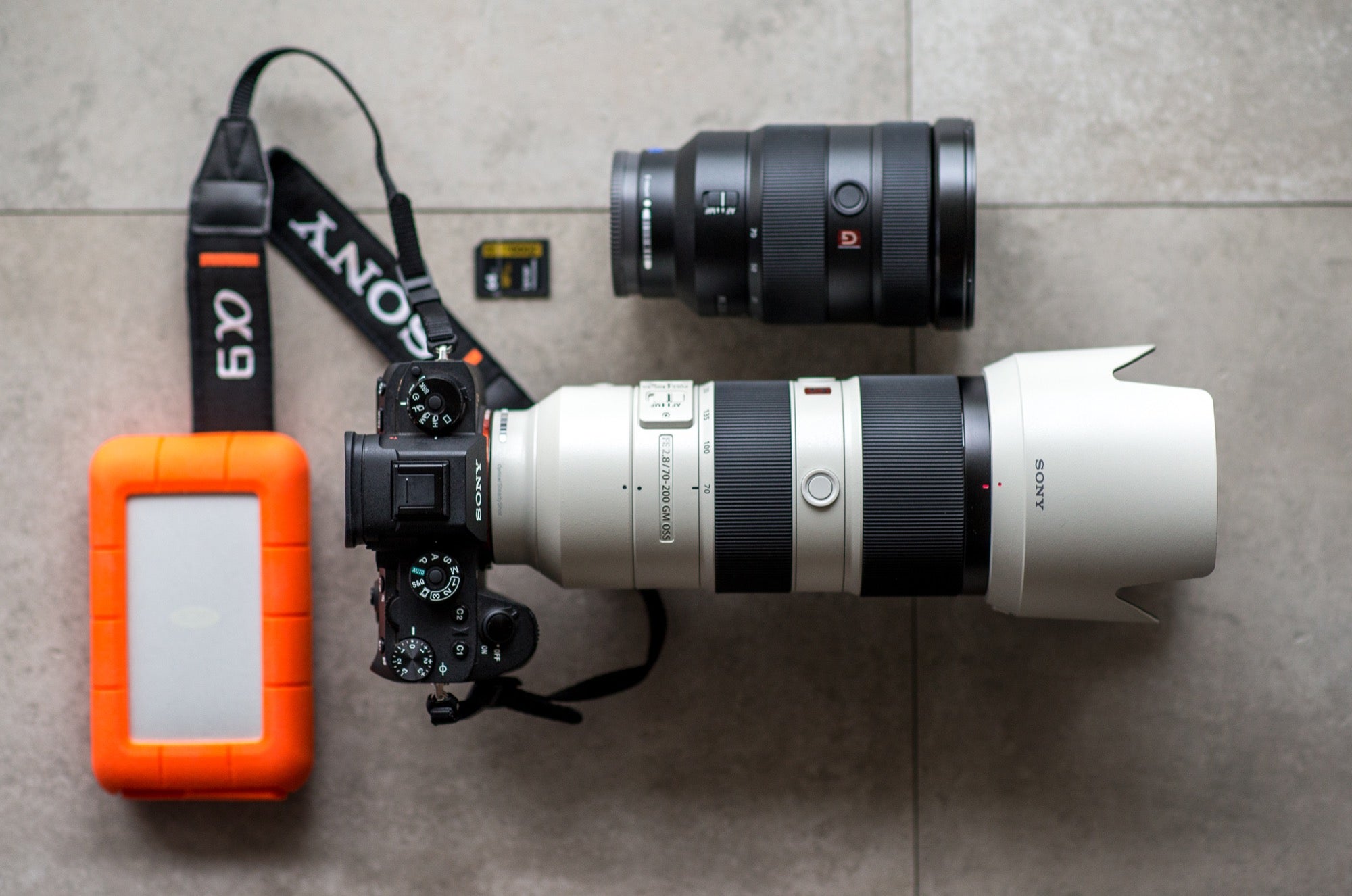
But they continually sacrifice for vision as strategy today, perhaps in no more obvious way than with the brevity of their model release cycles. They haven’t let the thirst for improvement be extinguished by the P&L statement.
To survive these days you need to find money to invest your way into the future, and with declining camera sales no other camera maker seems really willing to take a chance on any radical piece of design because the financial risk of failure is so great. Maybe that’s why Nikon’s D850 is essentially just an epilogue of the DSLR story? Not a stretch to imagine.
Sony’s sensor sales have made their bank balance bigger than their bank account number, granting them room and power to innovate overall. Essentially, Sony did it by putting their resources behind the one common thread between all digital cameras – the sensor. An area of success upon which heavily rests that of other camera brands to whom Sony supplies. Where would Nikon be without Sony? How about Phase One? Hasselblad? Fuji?
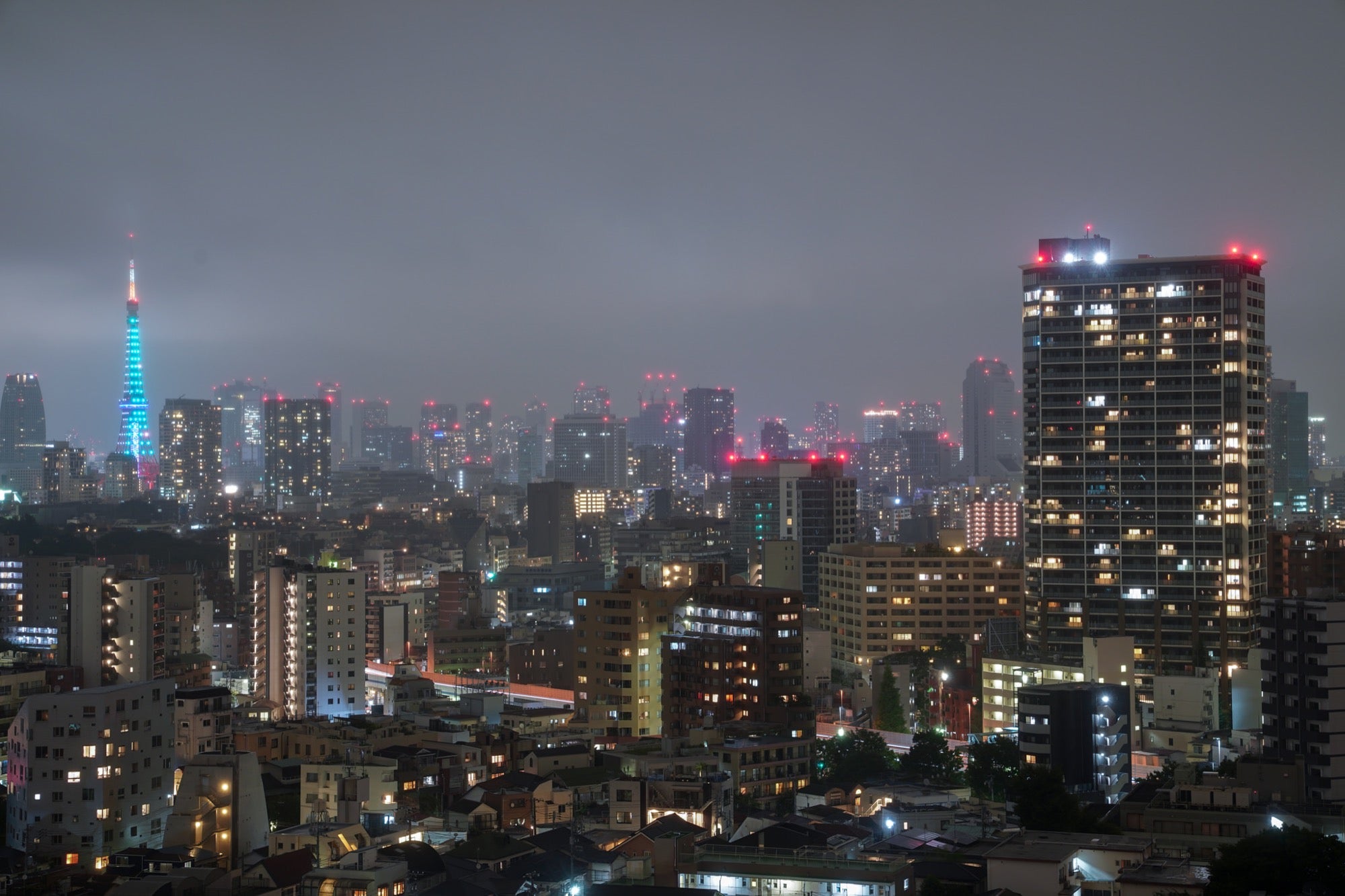
At this point you might be thinking, “But that was then and this is now, so will Sony continue to sell to OEMs?” It’s a good question, and one we asked, and Tanaka-San effectively told us that they would, because they can’t make every imaging product, and their idea is to grow the entire imaging market. This is something Neal Manowitz, VP of Sales and Marketing For Sony Imaging in the U.S., had mentioned to us before.
But again, far from it being simply altruistic, it appears Sony has figured out that given declining camera sales and shift in camera segments, in order to grow their marketshare they need to nurture and grow the market overall.
That’s the kind of thinking you just don’t get from the rest, and that neatly leads me into who they are and what they are as a company in our field.
Out Of The Caves & Up On Two Feet
The team at Sony Imaging, from the executives to the engineers and the public relations team in the U.S., are far more forward thinking than about any camera brand I’ve dealt with, and in every way. Sure, it’s a company steeped in heritage, but not weighed down by tradition, and though they’re fashionably late to the camera party, damn if they’ve not made more of an entrance.
You have, from the very top, an acceptance from open-minded upper management that the tides have shifted, that the upcoming generation of photographers and consumers have been largely ignored by the other brands, so Sony looks to welcome them. Perhaps there is no better gauge of this than by looking at who they hire.

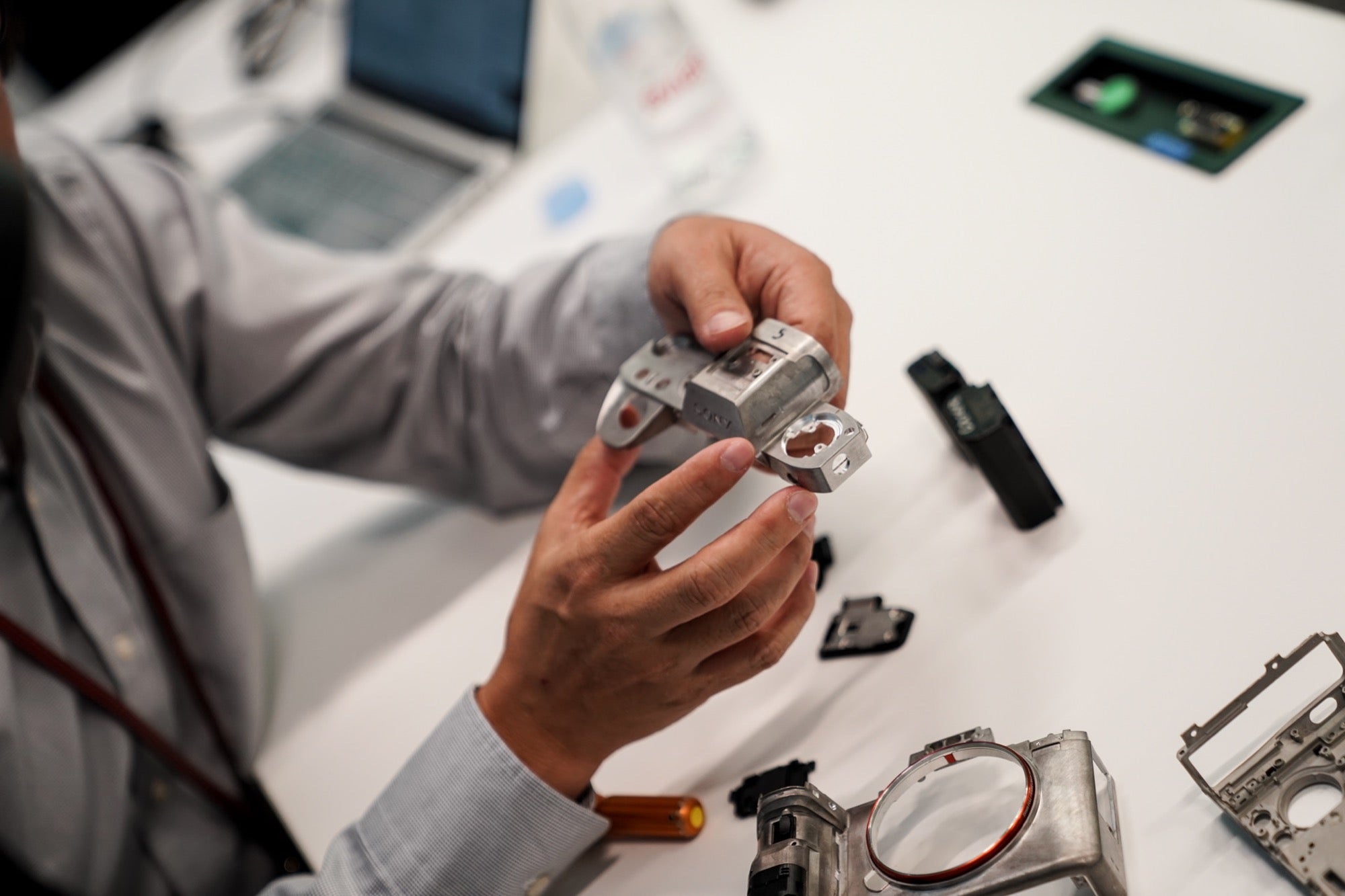
Those nameless and faceless α9 engineers I spoke of? They’re nothing of the sort. They’re young, they’re stylishly dressed with scuff-less tan brogues and tailored suits. They’re also photographers in their own time, so they not only speak the language but are perfectly positioned to bridge the gap between the ‘thens’ and ‘nows.’
Then there are the factory staff who work in an environment so sterile, so antiseptic, we were hardly allowed to breathe in the wrong direction while there. But the people that bring that place to life are anything but. They are warm, proud and grateful. They are also resilient.
We saw the damage sustained via the earthquake and it was horrid, emotional and defeating. But the staff there didn’t leave it to some outsourced clean-up crew to to salvage, they did it themselves, which is no easy feat because the factory isn’t some minuscule UPS warehouse. There are, in fact, smaller planets.
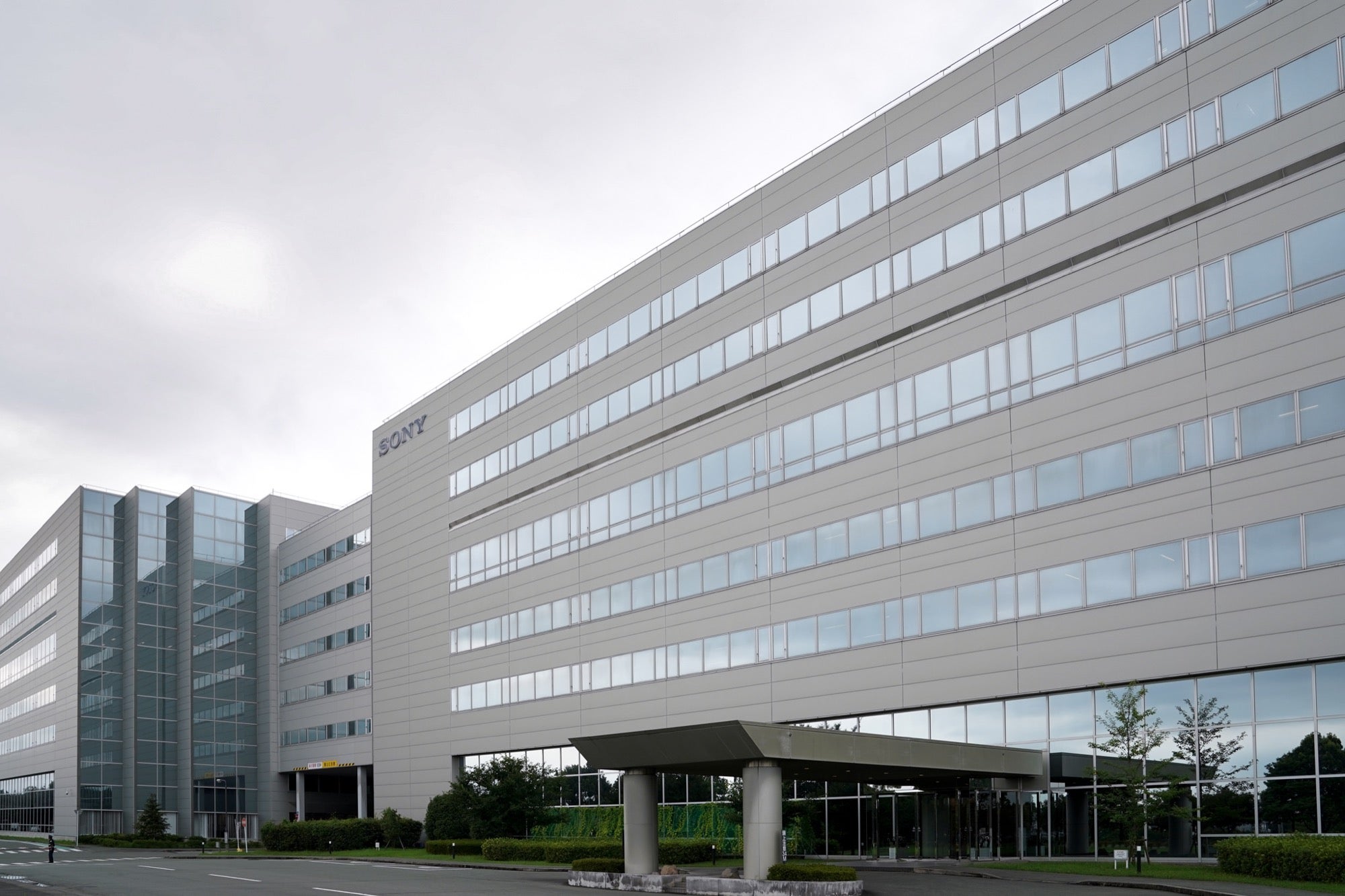
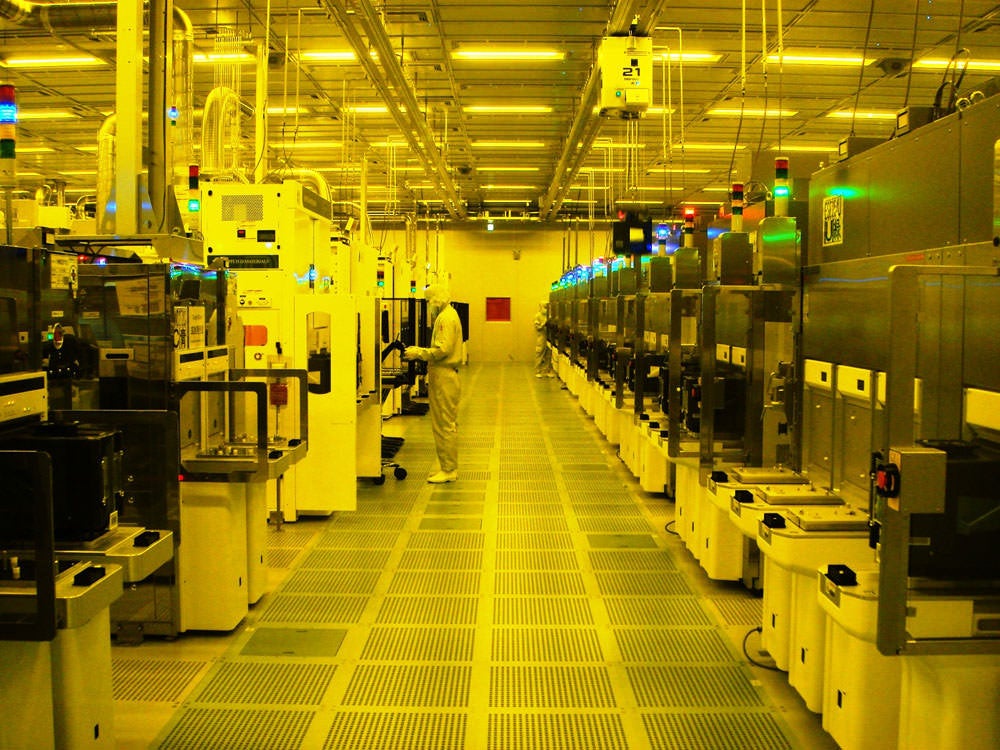
And let’s not forget Sony’s public relations U.S. team (can’t speak for the others), who are all multi-hyphenates in their own right, and fully understand that the future of photography businesses depends largely on personal attention, and embracing new generations. They’re tapped in, cerebrally wired into the psyche of the photographers of today, and those of the past, fully aware that the new generation is like a jury that’s only going to go where the narrative makes sense, so they provide one. They, unlike most other brands, aren’t waiting to be found, but meet the audience in the places where they are, not standing on ceremony or formality. It is astonishing other companies haven’t figured this out yet.
All in all, you just get to understand that what Sony embodies at this time, perhaps more than anything (and I’ll get flack for this even though I don’t shoot Sony), is the human spirit.
That’s not just some lofty notion, either. They don’t settle. They try things. If they make mistakes they correct course and they venture out to innovate again, and that’s about as human as it gets. It’s not in our nature to hold back the tide of progress, and especially when it comes to technology.
How many times have we, as a species, created something with an ability and held back? The Concorde is all I’ve come up with, where we used to be able to cross the Atlantic in three hours and now…we can’t anymore. Otherwise, nothing, because it’s just not in our nature to snuff out the fire. Think, if ancient man was content living in a cave with his rock pillow and gravel mattress, never venturing outside, we’d still be there now.
Why Sony has done such a crap job of relaying this story is beyond me. Perhaps they don’t have the time, or perhaps it’s humility? Maybe they didn’t even recognize it themselves.
Or, maybe it’s because one of the most difficult feats in life is to appropriately arrange your expression when you’re winning, if you’re not a prick. You have to strike a balance between gratified and magnanimous, and that’s hard even for Leonardo DiCaprio.
This article originally appeared at SLRLounge. It's reprinted here with permission



